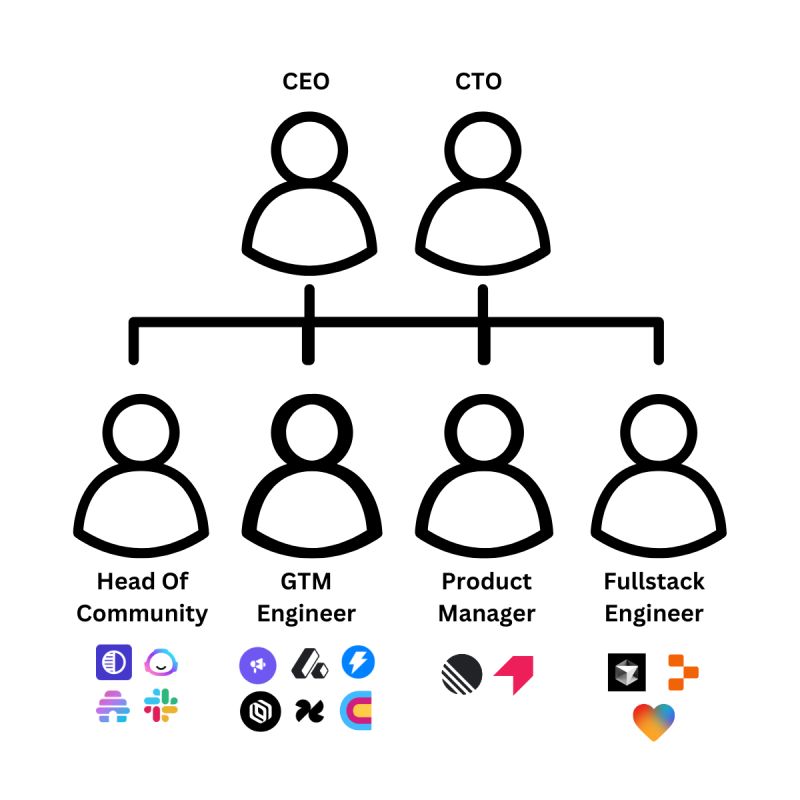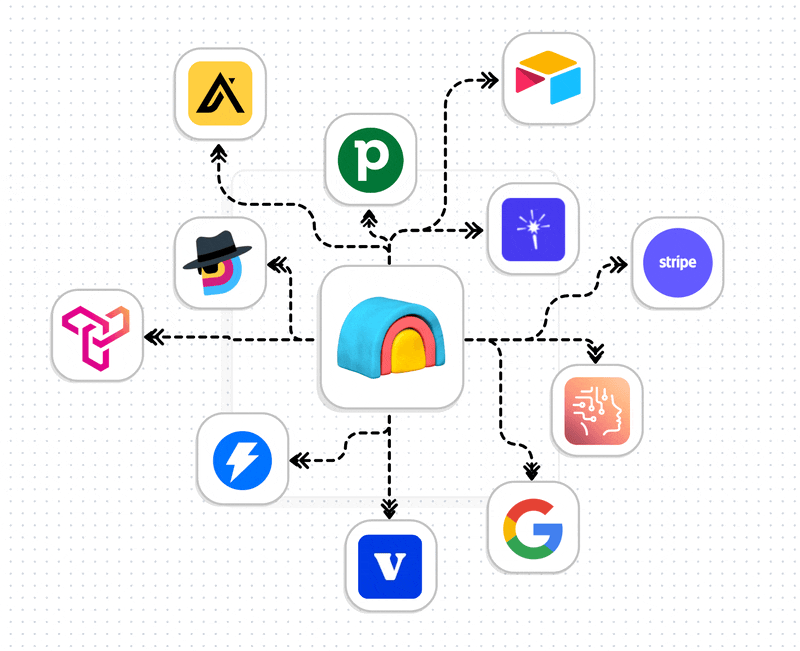For years, the startup playbook was simple: build fast, raise big, grow bigger.
But in 2025, the smartest founders are rewriting that narrative—scaling faster with fewer people, less capital, and smarter tools. Advances in AI, automation, and lean digital infrastructure are empowering startups to do more with less.
From solo founders building scalable MVPs to micro-teams leveraging automation to grow without headcount, we’re entering a new chapter in tech entrepreneurship—one where efficiency beats burn, and focus beats fundraising.
This post explores the technologies enabling that shift and how capital-efficient startups are redefining what growth looks like.
Cloud-first infrastructure is the new default
Scaling used to mean large upfront costs—servers, infrastructure, DevOps teams, and dedicated sysadmins. That’s no longer the case. Today’s cloud platforms offer on-demand scalability, meaning you only pay for what you use and can deploy globally with minimal resources.
Platforms like AWS, Google Cloud, and Vercel make it possible for solo builders and lean teams to experiment, test, and launch products at speed. With low-code and no-code platforms like Webflow, Bubble, and Retool, even non-technical founders can ship MVPs without a dedicated engineering team.
Tools powering this shift:
AWS, GCP, Azure – scalable infrastructure
Vercel, Netlify – global deployment with minimal setup
Webflow, Bubble – building interfaces without code
Retool – internal tools without dev bottlenecks
Cloud platforms have democratised access to scale—your burn rate now grows with usage, not just ambition.
AI and automation are force multipliers
Artificial Intelligence has shifted from hype to utility. Startups are automating customer support, sales outreach, content production, research, and even code—without needing to scale headcount.
ChatGPT can now serve as your first customer support agent. GitHub Copilot accelerates development. Tools like Clay turn spreadsheets into intelligent lead engines that run 24/7. AI doesn’t just replace roles—it enhances productivity and unlocks leverage.
Tool Spotlight: Clay – Google Sheets on steroids for growth teams
Clay has quickly become a staple in modern sales workflows. It allows teams to pull lead data from LinkedIn, Google Maps, company databases, and third-party APIs, enriching every row with detailed insights. Think of it as your sales CRM and enrichment engine, running quietly in the background.
It doesn’t stop at enrichment. Clay can be used to build automated sales workflows—handling everything from sourcing and filtering to triggering personalised outreach.
What you can do with Clay:
Pull leads from LinkedIn, Store Leads, Ocean.io, or Google Maps
Enrich contacts with titles, funding info, and verified emails
Build segmented lists and lookalikes
Run automated workflows that drive outbound activity
Clay has become the modern sales assistant—quietly running in the background while your team focuses on closing.
Small, expert teams are outpacing big, bloated ones
Startups are moving away from traditional hiring models. Instead of hiring large teams and building departments, they’re assembling small, expert squads. These teams are outcome-focused, product-led, and empowered by automation, AI, and modern tooling.
A five-person team can now out-execute a team of 25 from just five years ago. The right tools allow each member to own multiple responsibilities, reduce dependencies, and move faster.
Typical lean team stack:
Product and Design – Figma, Notion, Slack
Engineering – GitHub, Copilot, Linear
Ops – Notion, Zapier, Google Workspace
Growth – Clay, Webflow, Mailchimp
The future org chart: 6 people, 10x output
By 2027, your typical SaaS org chart will look nothing like it does today. Bloated teams, layers of approval, and process-heavy structures are being replaced by smaller, faster-moving units powered by agents and automation.
The new model is a six-person powerhouse that operates like a 20+ person company.

Each team member is paired with modern tools and AI agents that amplify their productivity—allowing them to operate far beyond the limitations of traditional roles.
Global talent and async tools are enabling 24/7 output
Remote-first teams are no longer a pandemic-era workaround—they’re the default. Startups are tapping into global talent markets, accessing niche expertise and cost efficiencies, and working asynchronously across time zones.
Async tools are keeping these distributed teams aligned. Loom replaces meetings. Notion replaces static documents. Linear streamlines product cycles. The result is a 24-hour work cycle where teams progress while others sleep.
Key tools enabling async teams:
Deel, Remote – compliant global hiring
Loom, Descript – async communication
Notion, Linear, Trello – workflow and documentation
Zapier, Make – automated task orchestration
Efficiency is the new edge
The days of raising huge rounds just to build a basic product are fading.
Today’s best founders aren’t chasing capital—they’re chasing leverage. They’re building smarter, moving faster, and staying lean. They know that focus, clarity, and execution matter more than headcount and press releases.
Capital-efficient startups aren’t just navigating a new landscape—they’re shaping it.






